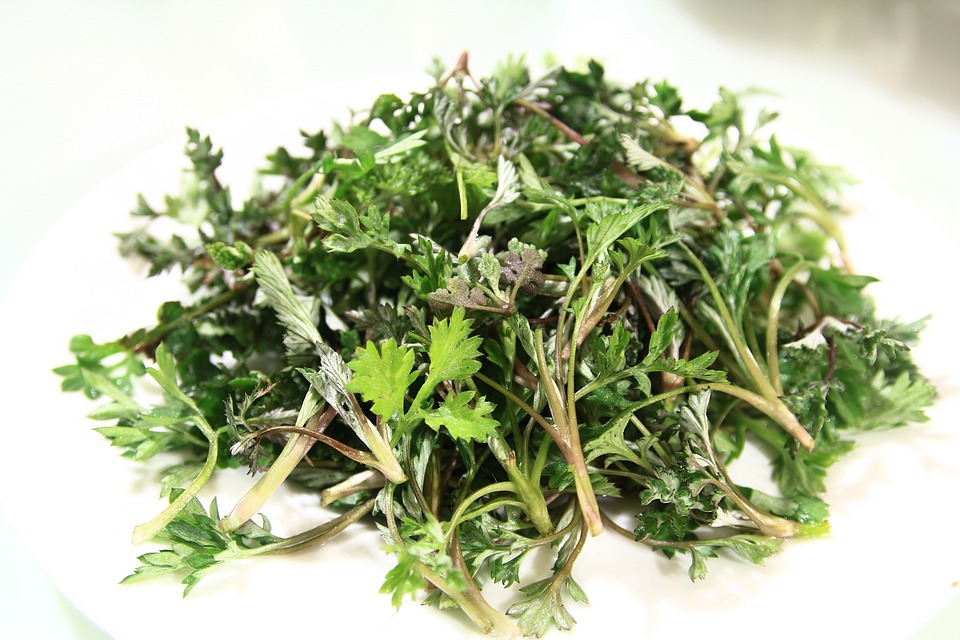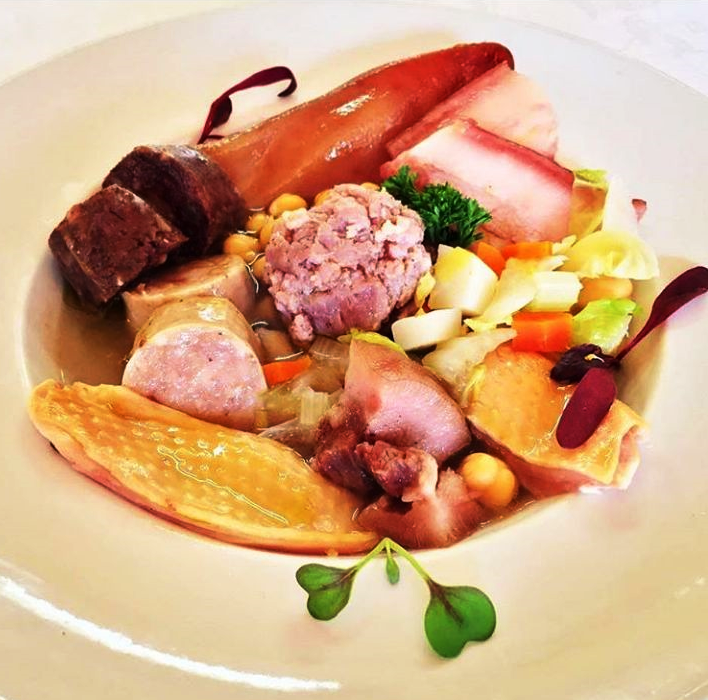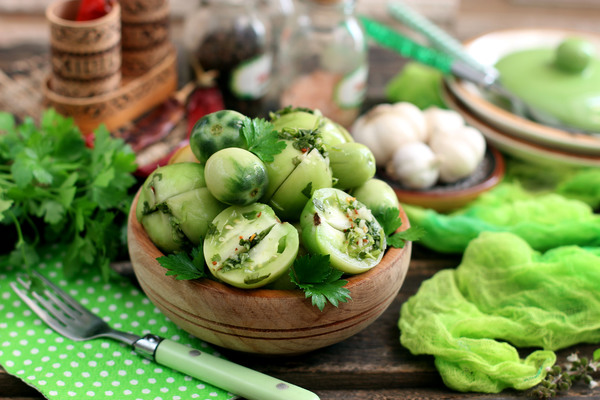What is Vermouth and what are the differences between the types of Vermouth?
Vermouth is a multicomponent drink flavored with herbs and spices. More precisely, it is a whole family of drinks. Initially, the basis for the preparation served as a white wine. Most often, wormwood is taken as the basis of vermouth flavoring. Translated from the German name and means – wormwood wine. It is the wormwood that accounts for at least half of the aromatic herbs used in the manufacturing of any vermouth. The name of the drink comes from the King of Bavaria during the Middle Ages who “checked” the drink.
What is vermouth?
There is evidence that the first vermouth recipe was compiled long ago in the V-IV c. BC. by Hippocrates themselves. Initially, it was a medicinal drink designed to tone up the body and treat diseases of the digestive tract. But on an industrial scale, it was first made in Italy, in Turin, in 1786. The city is famous for its vineyards, where rich crops and herbs are harvested each year. Therefore, Italy is considered the birthplace of vermouth.
It is in Italy that one of the most famous brands of the drink is produced – Martini. The main competitor is Vermouth Cinzano, famous since 1857 and also originally produced in Turin.
In addition to wormwood, during manufacturing, coriander and juniper fruits, lemon balm, oregano, cloves, ginger, yarrow, cinnamon, etc can all be added. The taste depends on the selected ingredients. Unfortunately, the proportions are kept a secret by the manufacturers.
Initially, vermouths were made from white grape varieties, but the modern drink is also made from pink and red grapes. Wine makes up 80% of the volume of the product. The remaining 20% is made from plant extracts, alcohol (which improves the dissolution and serves as a preservative), and sugar syrup, which makes the drink sweet. During the making of red vermouth, caramel is added. Currently, winemakers prefer to take a wine base with a neutral taste, so as not to affect the spicy aroma of the drink.
To combine a large number of components, winemakers add chamomile, clove, and iris root infusions. A combination of extracts of vanilla, calamus and cardamom helps to consolidate the composition.
Action on the body:
Initially, vermouth was considered to be just a medicinal drink. It helped to tone up the body, improve blood circulation, increase appetite, and stimulate digestion. Like any alcoholic drink, it has warming properties. Thanks to the extract of wormwood, it is able to clean the bile ducts and normalize the production of enzymes.
Useful properties of the drink due to the presence in the composition of organic acids and essential oils, trace elements include phosphorus, calcium, iron, magnesium and manganese, vitamins – B, C, R.
Vermouth is good for those suffering from nervous tension and/or anemia. But, it has a negative effect on the body in cases of intolerance or abuse (more than 100ml at a time is not recommended). It is not advised to drink vermouth if suffering from a chronic disease, during pregnancy or during lactation.
Types:
There are two large groups of vermouths:
• French – based on dry white wines. The color is light gold, the taste is usually dry.
• Italian – sweet. The taste is usually soft, the colors range from gold to red.
Within each brand there are many variations. Regardless of the manufacturer, the international classification conditionally divides vermouths according to the content of sugar and alcohol.
• Dry (Vermouth Secco) – less than 4% sugar. It is like a dry white wine with a tart taste, ideal as an aperitif. It should be drunk preferably in its pure form, with light snacks (olives, cheese, fruit). Sandwiches with salmon and ham, salads without mayonnaise are suitable as more filling snacks.
• White (Vermouth Bianco) – 10-15% sugar. The taste is bitter and has a light spicy aroma. It should be drunk clean or diluted with juices, tonic or soda. Snacks are the same as for dry vermouth.
• Pink (Vermouth Rose) – 10-15% sugar. An excellent aperitif as it helps to open the appetite. Many cocktails, diluted with juices and spirits can be made using this as a case. The same appetizers as for the white and red vermouth variations apply.
• Red (Vermouth Rosso) – over 15% sugar. This is a sweet wine with a thick taste and aroma. To reduce the strength it is mixed with juice and often combined with soda and gin. Crackers, salted nuts, ham and soft cheeses are suitable as snacks.
• Strong (Vermouth Bitter) – over 25% alcohol. These drinks are also called bitters. They contain a minimum amount of 2.5-2.8% sugar. They have a bitter taste and are drunk neat with hearty snacks (roasted meat and fish, salads, etc.). They are also suitable for desserts.
Each group has its own %. White, pink and red species usually contain 16% alcohol whereas dry varieties contain 18%. If the drink contains less than 15-16% alcohol, it is fake. This is due to the fact that aromatic additives are best manifested with a significant ethanol content.
What is best to eat with vermouth?
Vermouth isn’t a drink to accompany a feast. Usually it is served before meals, as an aperitif or afterwards – for dessert with fruit. It is a good drink for parties and is also called all day drink, i.e. you can drink it throughout the day.
It is frequently served with fruit (pineapples, lemon or orange, strawberries, grapefruit), various canapes, olives, cheese slices, and sometimes crackers or nuts. When combined with more heavier snacks, it is worth remembering that white varieties are better combined with fish, pink ones with poultry, and red ones with meat.
Refreshing cocktails can be prepared from various types of vermouth: vermouth is diluted with juice or carbonated water (soda, sprite) 1: 1, citrus slices, ice and mint can also be added. The more intense the taste of the drink, the more suitable it is for the preparation of cocktails. Dry vermouth with a light taste is good in its pure form. It is more than enough to add ice, lemon, or mint to them. Professional tasters tend to only add ice or lemon to bring out the flavors.
Enjoy!











